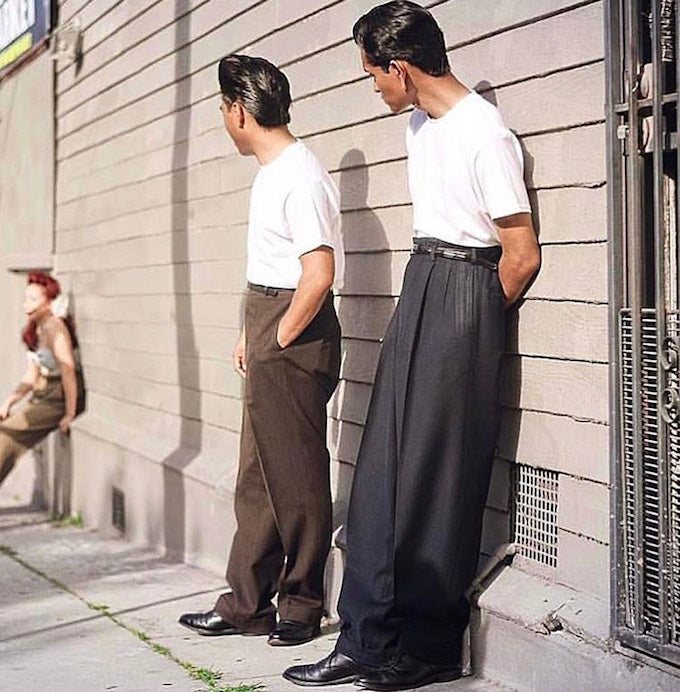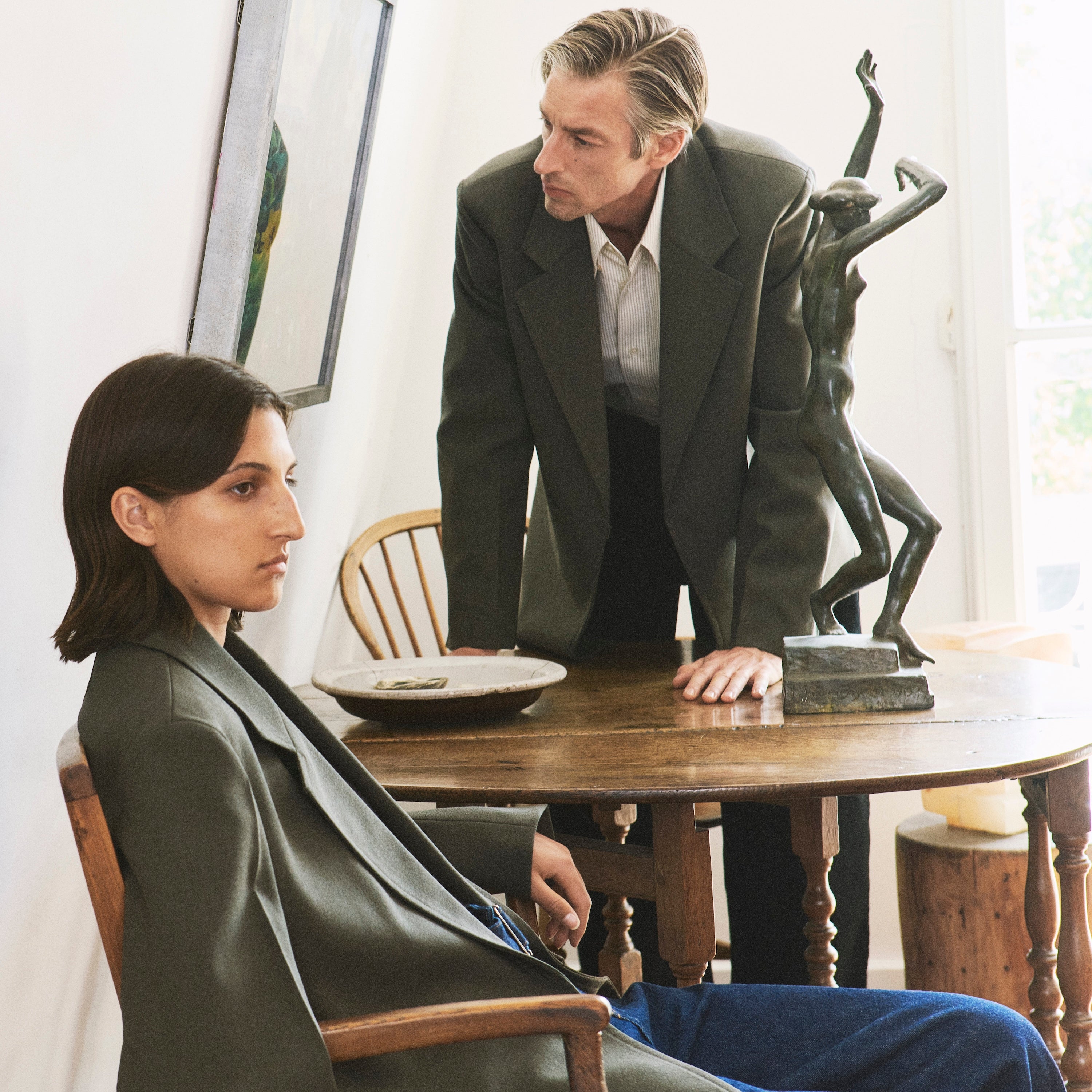



Like all the best things in life, the white t-shirt has a colourful past. Manifestations roll back to ancient times, when grotty medieval folk wore simple T-shaped garments made from wool, linen or silk, which were seamed at the shoulders and sides. These early examples offered protection, by preventing the coarse fibres of woven outer garments from irritating the skin, as well as stopping bodily fluids from soiling the publicly seen clothing layers (thankfully for many, this is no longer a modern-day concern). Roll forward a few centuries to 1868 when the Union Suit, an all-in-one piece of underwear, was first patented in New York. Whilst it’s horrifying to think the Victorians invented the onesie, if it weren’t for hordes of sweating 19th century workers chopping their Union Suits in half during the summer months, we probably wouldn’t even be wearing t-shirts today.
The classic cotton crew neck was standard military issue in WWI and II, but conscripts were forced to seek their commanding officer’s approval if they wanted to wear them in hot or uncomfortable conditions (such as the boiler room of a Navy ship) instead of uniform. Surviving servicemen took their t-shirts back home in 1945, and by 1951 Marlon Brando had housewives in a fluster when he played the smouldering Stanley Kowalski in A Streetcar Named Desire. Rumour has it, the t-shirts were made especially for him by the costume department, and were washed repeatedly to maximise on shrinkage. He was sewn into them for most of the scenes, with the jersey stretched so tightly over his torso that it was almost like a second skin – naked without being indecent, his t-shirt was the male equivalent of a silk negligee.
Not one for flashing my cleavage in sexy underwear, I prefer Brando’s basic approach. Fling open my wardrobe doors, and you’ll see a 2ft stack of folded white tees, some dating back to 1989. They act like a kind of sartorial diary, documenting the different stages of my life. Suncream stained Hanes from the 90s, boxy car boot sale Fruit of the Looms, grimy grey ones inherited from my late grandfather; they are all of equal importance. With something as universal as the humble white t-shirt, it pays to remember that the best ones are not disposable and only a fool would think they are all created equal. They should be seen as the backbone for any outfit, (whether you’re male or female) and be treated with the same respect as any tailored jacket – and by that I don’t mean they should be dry-cleaned (I’m not a maniac!) but that special attention should always be paid to the fit. Get it right, and you’ve got a layer for life, so it pays to spend a little more than you’d anticipated on the highest quality cotton. Unless you’re training for the Olympics, run a mile from anything containing Lycra, and seek out crisp and clean 100% pure cotton instead. Studio Nicholson’s long and short sleeved styles are made from the finest cotton fibres, which are mercerised to strengthen the yarn, and give a sleek, lustrous appearance. Useful, practical and straightforward, a white t-shirt absorbs the personality of the wearer – it’s the clothing equivalent of a blank page in a world that’s too full of information.
Leanne Cloudsdale

